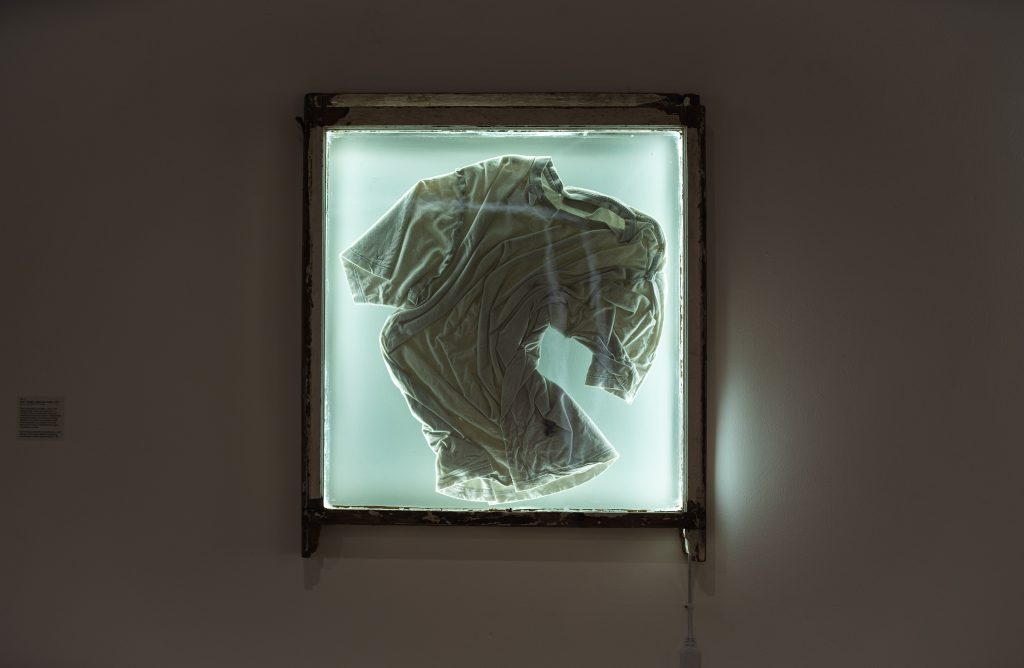I was drawn to this article because it resonates with my artistic practice. I often explore the value of everyday objects and our connection to them; a theme evident in my recent 2022 exhibition at the Sarabande Foundation, entitled ‘The Anthropologist’. Faisal Hussain’s 2017 exhibition explored how objects can illuminate the prejudice faced by him and other Muslim individuals.
My life partner is Muslim, as are many of our close friends. Because of this, we regularly attend art shows, exhibitions, and performances relating to the experiences of the British-South Asian diaspora, particularly in London. Growing up in Leicester, which is close to Birmingham, where Hussain’s exhibition was held, I’ve been surrounded by friends of South Asian heritage, mainly Muslim individuals. I’ve been acutely aware of the segregation felt by many in the Midlands. Many of the themes included in these spaces are connected to heritage, identity, and inequality, which are often framed as celebrations. However, the very need for these conversations highlights the underrepresentation of Muslim and South Asian communities. For example, there are no exhibitions relating to ‘the white diaspora experience’.
In the video, Faisal displays an open suitcase packed with belongings he takes on regular trips to visit friends and family in Europe. He explains that every time he travels abroad, his suitcase undergoes “a second search or potential search” solely because of his faith. Although Faisal’s work creates a platform for these conversations, there is little known about his own viewpoints as an artist, as his output in this exhibition could be seen as a community-wide representation of the societal unconscious biases imposed upon Muslim individuals. While Faisal, as an artist, can communicate these feelings through creative outputs, this freedom of expression isn’t available for all Muslim individuals, especially women. I’ve observed firsthand while shadowing my partner on community projects with Muslim hijrah women: opportunities for business success and self-expression are largely discouraged and predominantly reserved for males.
Faisal Hussain’s ‘Suspect Objects Suspect Subjects’ exhibition exemplifies how I could include my practice with objects and explore our connections to them within my pedagogical approach. Hussain’s exploration of the prejudice surrounding everyday objects is a stark reminder of the depth and complexity of biases some of my students might face or inadvertently perpetuate. By exploring this questioning and encouraging artistic commentary, I could ask my students to confront their unconscious biases and their personal association with materials and objects. I can facilitate a more responsive, critically-engaged, and culturally-aware classroom environment by grounding my teaching in these tangible artistic and societal discussions. Faisal’s other works are related to themes of critical terrorism studies (CTS), cultural policy, and climate change.
(2017) ‘How a Muslim’s suitcase became art‘ [online] Available at: http://www.bbc.co.uk/news/av/uk-england-birmingham-41391091/how-a- birmingham-muslim-s-suitcase-became-art [Accessed 27th July 2023].
Hussain, F. (no date) ‘Suspect Objects Suspect Subjects‘ Faisal Hussain Website [online] Available at: https://www.faisalhussain.com/works/suspect-objects/ [Accessed 27th July 2023].

